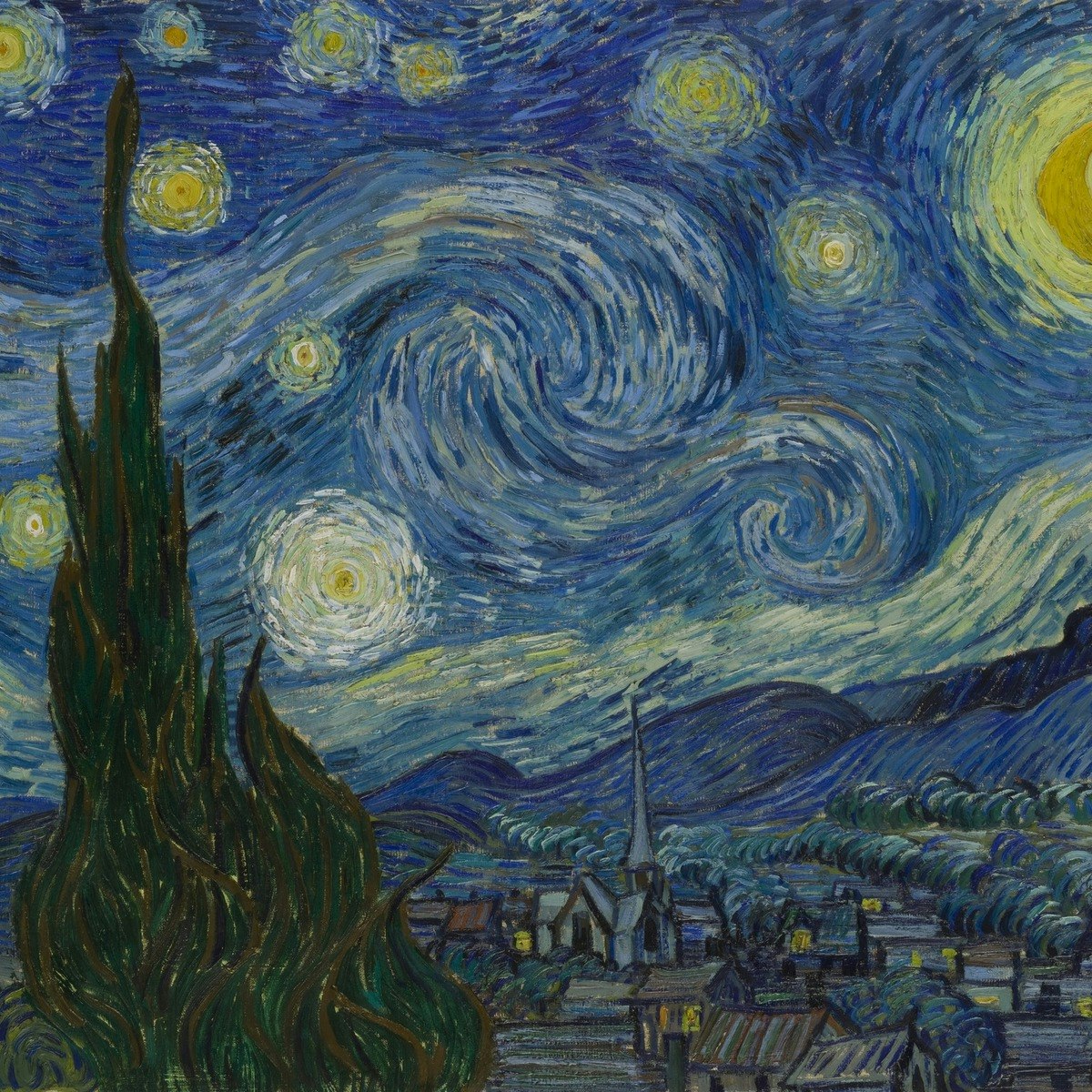Just How Trump Art Reflects Modern Political Satire in the Painting World
Just How Trump Art Reflects Modern Political Satire in the Painting World
Blog Article
Looking Into the Diverse Globe of Artistic Expression: From Surrealism to Abstract Realistic Look
In the realm of creative expression, from the dreamlike landscapes of surrealism to the elaborate play of light and kind in abstract realism, artists have continually pressed the borders of imagination and creativity. As we check out the complex globe of art, we are provided with a tapestry of designs, strategies, and ideologies that challenge our understanding and provoke reflection.
Surrealism: Unleashing the Subconscious
Surrealism, a progressive imaginative activity of the 20th century, explored the depths of the subconscious, unveiling a globe of dream-like images and unconventional juxtapositions. Pioneered by musicians like Salvador Dali, René Magritte, and Joan Miró, Surrealism sought to test the traditional ways of seeing and comprehending art. With strategies such as automatism and dream analysis, Surrealist musicians aimed to use the subconscious mind to disclose covert truths and wishes.
Among the crucial elements of Surrealism was the focus on the illogical and the uncanny. By integrating unanticipated elements in their jobs, Surrealist musicians aimed to produce a sense of disorientation and shock in the audience. This interruption of reasoning and factor was indicated to provoke a deeper expedition of the subconscious and the secrets of the human psyche.
Abstract Realism: Redefining Perception
Testing typical creative limits, Abstract Realistic look redefines understanding through the fusion of well-known aspects with abstract types. This innovative method to art incorporates the representational accuracy of realism with the creative freedom of abstraction, providing audiences an one-of-a-kind visual experience that motivates them to question their perception of reality.
In Abstract Realistic look, musicians strive to catch the essence of their topics while additionally instilling their deal with a feeling of depth and complexity via abstract elements. By mixing the accustomed to the unfamiliar, these artists invite audiences to involve with their items on numerous degrees, motivating them to explore the nuances of shade, appearance, and type.
Cubism: Fragmenting Truth
Utilizing geometric types and fragmented point of views, Cubism revolutionized the artistic representation of truth in the early 20th century. This technique not only deconstructed fact yet also stressed the flatness of the canvas, leading the means for future abstract art motions.

Cubism can be categorized into 2 main phases: Analytical Cubism, defined by monochromatic color pattern and elaborate, fragmented types; and Synthetic Cubism, which incorporated collection aspects and brighter colors right into the compositions. Via these unique stages, Cubism influenced not only paint but additionally design, design, and sculpture. trump art. Its influence resounded throughout the art world, motivating artists to explore new ways of interpreting and standing for the world around them
Expressionism: Feelings on Canvas
Discovering the depths of human emotions through brilliant and expressive brushstrokes, Expressionism arised as a profound creative activity in the early 20th century. Unlike previous art activities that concentrated on depicting the external world, Expressionism dove into the inner world of the artist's psyche, intending to stimulate raw feelings and provoke natural feedbacks from viewers.
Expressionist musicians, such as Edvard Munch, Egon Schiele, and Emil Nolde, denied conventional concepts of beauty and realistic look for distorting kind and color to share subjective sensations. The use of exaggerated brushwork, bold shades, and distorted numbers helped develop a sense of anxiousness, alienation, or enthusiasm in their works.
Among one of the most renowned examples of look at this now Expressionism is Munch's "The Scream," which catches the extreme anxiety and anguish of modern-day life with its swirling, distorted number versus a blood-red skies. Through their psychologically billed works, Expressionist artists sought to challenge conventional imaginative norms and supply a home window into the stormy depths of the human spirit.
Contemporary Art: Progressing Perspectives

Among the defining qualities of contemporary art is its consistent development and ability to adjust to altering cultural landscapes. Artists are significantly integrating technology right into their method, obscuring the lines between the physical and electronic worlds. This blend of mediums enables innovative methods of narration and involving with audiences in an extra interactive manner.
Additionally, modern art commonly offers as a platform for social discourse, resolving pressing problems such as identity, politics, and the setting. Musicians are utilizing their work to trigger vital conversations and provoke idea, dropping light on the intricacies of the globe we reside in. As point of views continue to progress, contemporary art continues to be a vibrant and influential pressure in shaping our social landscape.
Conclusion
Finally, the globe of artistic expression includes a large range of designs and motions, each with its own unique approach to sharing meaning and feeling. From surrealism's expedition of the subconscious to abstract realism's redefining of perception, and from cubism's fragmentation of truth to expressionism's portrayal of emotions, art remains to develop and challenge point of views - trump art. Contemporary art shows the ever-changing world we live in, using new ways to interpret and comprehend the complexities of our fact
As we check out the multifaceted globe of useful reference art, we are presented with a tapestry of styles, strategies, and ideologies that test our understanding and prompt reflection. Its impact reverberated throughout the Home Page art world, motivating musicians to discover brand-new ways of interpreting and standing for the world around them.

Report this page